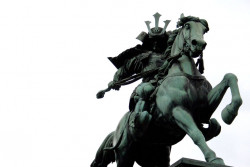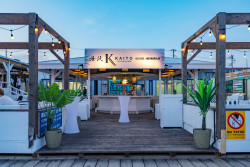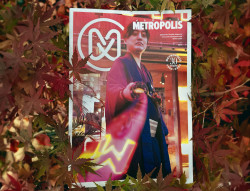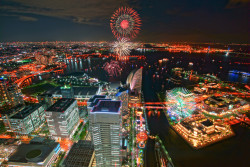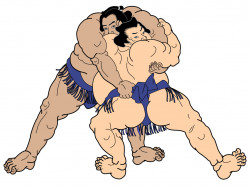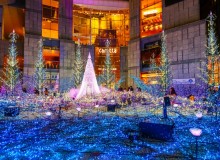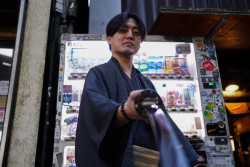
Originally published on metropolis.co.jp on April 2014
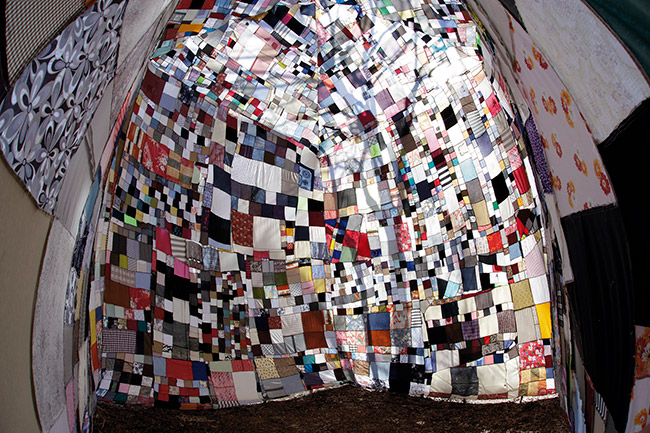
There aren’t many cities in the world where you could hold an event like Roppongi Art Night (RAN), a multifarious art-themed festival spread over the best part of the April 19-20 weekend and centered on Roppongi’s comparatively new art nexus.
London’s best equivalent is probably the Notting Hill Carnival, an event notorious for high crime and heavy policing, where it’s actually impossible to get into a true Caribbean vibe because of the barely-concealed tensions. This being Tokyo, however, you can get out of your head on art or something stronger and rest assured that the night around you will remain largely benign.
But the easy tolerance that makes Tokyo such an ideal venue for a freewheeling urban festival also means that the actual art selected can sometimes be a bit trite and not particularly challenging—the artistic equivalent of gently toasting marshmallows around a campfire while someone breaks out the acoustic guitar.
This year’s line-up seems to point in this direction with the “One Body” project of Yoshinari Nishio, which sees the artist creating giant patchworks from used clothing donated by members of the public to create something called People’s House, driving home the message that “we’re all one!” (Wow! Who knew?)
In connection with this year’s soccer World Cup in Brazil, a friendly soccer tournament for participants of all ages will take place, using hand-made balls, goals and uniforms, while a giant flag incorporating elements from the national banners of all the competitors will be run up to remind us that we’re… ahem… “all winners.”
Part of this attitude stems from the fact that Japan is trying to get itself into the all-embracing mindset needed to host the Olympics in a few years, so expect plenty more of this kind of “one world” art in the years ahead.
Last year’s RAN attracted 830,000 people—although it’s a moot question how many of them were coming for the clubbing—so expect a big event with plenty of crowds. In fact, because of the crowds and the occasion, a lot of the art has a tendency to assume the aesthetics normally associated with more traditional Japanese festivals.
Last year, Katsuhiko Hibino’s “Project Lighthouse” (again a tad heavy with the upbeat symbolism) helped create a very matsuri-looking festival. This year expect more of the same, and just like a normal matsuri, there is an added emphasis this year on movement.
The “Roppongi Parade” starting at Roppongi Crossing, going past Tokyo Midtown, then down Stars and Stripes Street to The National Art Center, will be directed by dancer Kim Ito and feature around 140 dancers giving ojigi (bowing) performances, with spectators expected to join in and bang heads with the best of them.
As part of this emphasis on moving one’s body, Singapore performance artist Lee Wen will be doing one of his usually baffling kinetic performances, while Kyary Pamyu Pamyu producer Yasutaka Nakata will offer something a little more mainstream.
Although the program may not sound particularly exciting, the element of chaos intrinsic to such large events should hopefully stir things above “boring” but below “dangerous.”
Roppongi Art Night starts 10am Sat, Apr 19 and runs until 6pm Sun, Apr 20.
